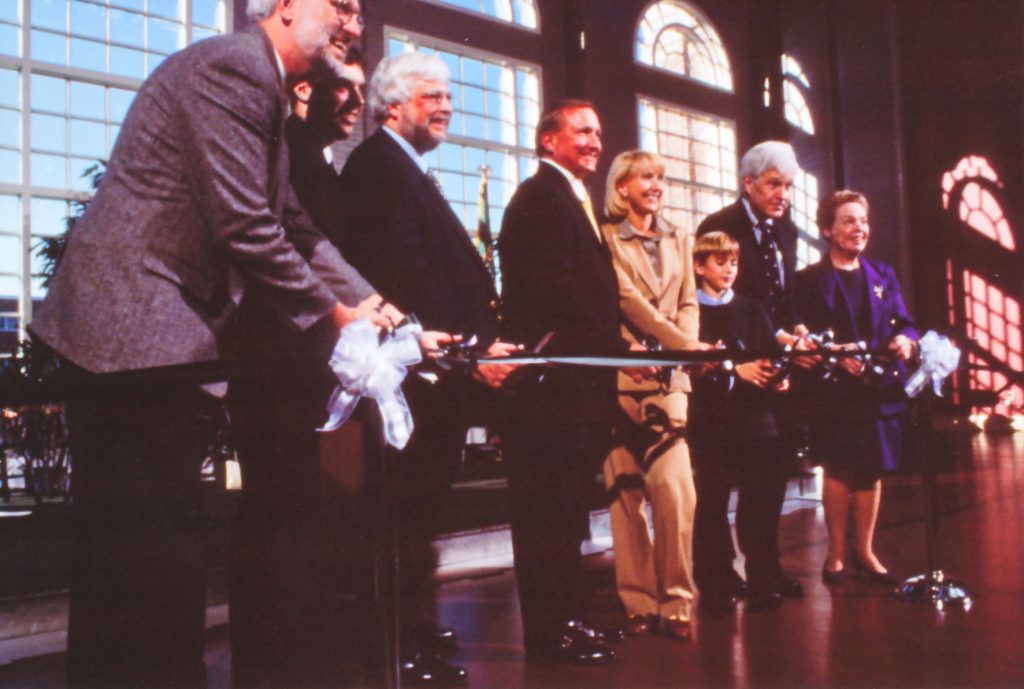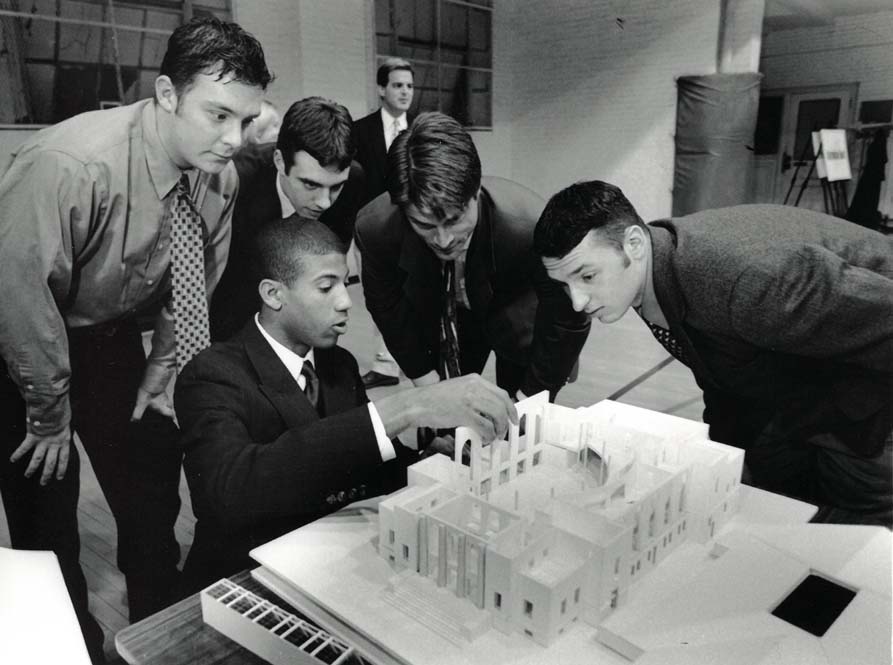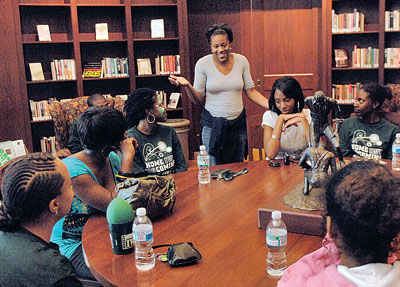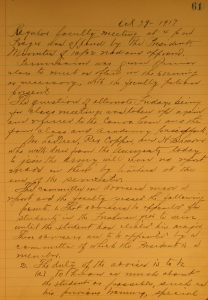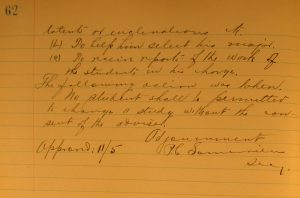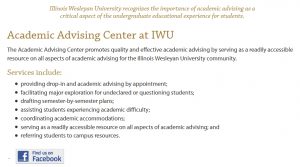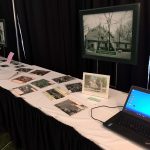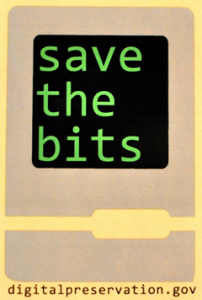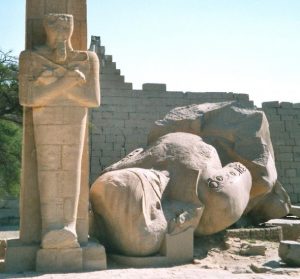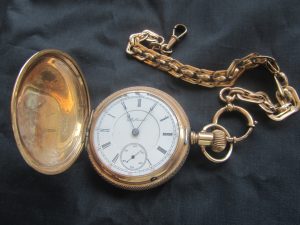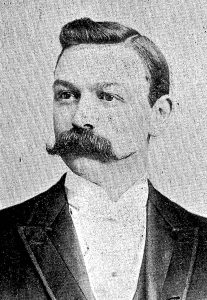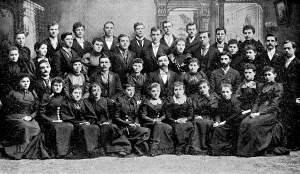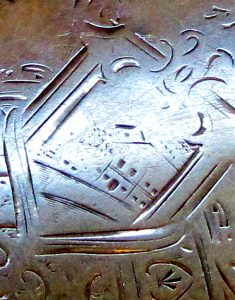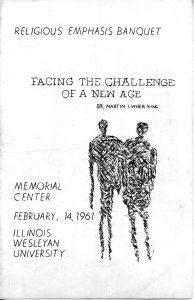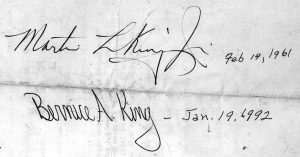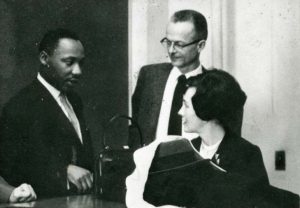This post provides a timeline for the student and faculty activism that led to the designation of an annual Teach-In day in honor of Martin Luther King, Jr.
[N.B., Many governance records, like Faculty and Student Senate Meeting minutes, are accessible online. If using the site from off campus, an IWU login is needed. I have summarized my findings for those who lack the necessary credentials.]
First mention of the issue being raised is in January 17, 2000 (pdf p. 3) by Faculty Meeting by Jared Brown. The minutes note that “a large number of faculty supported closing the university on this date. Other faculty spoke against closing fearing a lack of student participation in the many events the university plans to celebrate this day. “
Corresponding Student Senate minutes for March 5, 2000 (pdf p. 5) ask for a Senator’s participation on CC to draft a proposal.
There is a call-to-action in a January 20, 2006 Argus (p. 4) Editorial that provides some comparisons to the 2000 proposal but emphasizes that classes should be canceled on this national holiday as is the practice elsewhere.
A Faculty Meeting packet dated February 13, 2006 (pdf p. 17) contains a CC proposal from 2000 that suggests several ways in which the holiday might be celebrated:
“Curriculum Council recommends that IWU expand its current celebration by creating a three-day symposium that would celebrate King’s life and values in a variety of ways.”
Discussion on Martin Luther King day continues at the March 6, 2006 (pdf p. 8) Faculty Meeting.
Political Science honor society Pi Sigma Alpha sponsors a teach-in, reported in the January 19, 2007 Argus (p. 1) and some faculty bring their classes.
The issue is brought up in Senate again February 25, 2007 (pp. 10-12) and in the March 11, 2007 (p. 6) minutes, the Senate President announces the group reached a consensus on their desires for the day that will go to the President’s Office but the statement is not explicitly defined. At the October 7, 2007 (pp. 8-9) meeting, Senators state they want to revisit the issue.
The Action Research Center and Pi Sigma Alpha sponsor the next Teach-in. The January 18, 2008 Argus Editorial (p. 4) again calls for a day off.
The Teach-in became a regular, cross-campus offering in 2010. (See Argus article on January 22, 2010.) The class schedule for the day remained unchanged but the Argus notes that “Students came in waves from their classes….”

